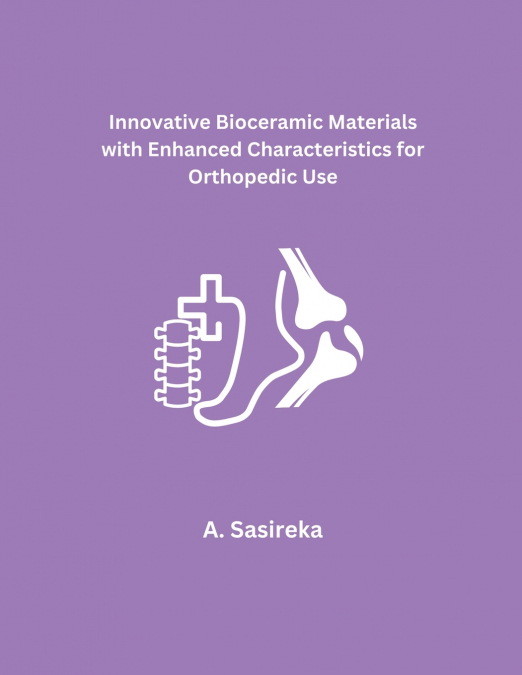
 Librería Perelló (Valencia)
Librería Perelló (Valencia)
 Librería Aciertas (Toledo)
Librería Aciertas (Toledo)
 Librería Elías (Asturias)
Librería Elías (Asturias)
 Donde los libros
Donde los libros
 El AlmaZen del Alquimista (Sevilla)
El AlmaZen del Alquimista (Sevilla)
 Librería Kolima (Madrid)
Librería Kolima (Madrid)
 Librería Proteo (Málaga)
Librería Proteo (Málaga)
Biomaterials are used for a wide range of medical applications because of their specific properties. The utmost significant property of biomaterials used for fabricating implants is biocompatibility, followed by corrosion resistance. The biomaterials are used to direct, supplement, or replace the functions in living tissues of the human body. Biomaterials in the form of implants (sutures, bone plates, total hip and knee replacement, ligaments, vascular grafts, heart valves, intraocular lenses, dental implants, etc.) and medical devices (pacemaker, biosensors, artificial heart, bone tubes, etc.), are broadly used to replace the traumatized or degenerated tissues and organs, to assist in bone healing, to improve function, to correct irregularities, and thus to improve the quality of life of the patients.Biomaterials can be classified into two broad categories: biomedical materials which have a synthetic origin and biological materials like natural origin are used to replace the failure of a biological structure and to recover its form and function to improve the quality and durability of human life. Metals and alloys used in extreme heat and electricity conditions are not translucent to visible light; a metal surface polished has a glossy appearance. Metallic biomaterials are engineered systems that are designed to provide internal support to biological tissues and they are being used in medical devices such as bone plates, screws, stents, joint replacement and dental appliances. Ceramic biomaterials are used in variety of applications such as joint/tissue replacement, to improve biocompatibility of metal coating and resorbable lattice to offer a brief structure that is eventually replaced by the body’s tissues.